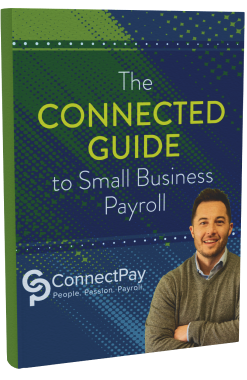The CPA’s Dilemma: When Payroll Goes Wrong and You Take the Heat

CPA firms that handle payroll, even indirectly, are often the first to get a call when something goes wrong. But here’s the catch: clients don’t always distinguish between where the error originated.
Whether the mistake was caused by a software glitch, an internal human resources miscommunication, or a late submission by the client themselves, the CPA firm is usually where the finger is pointed.
Here are some examples of payroll mistakes and how CPA firms can help clients prevent errors in the first place.
Examples of Common Payroll Mistakes
- Example #1 – Misclassified employees. A company classified a worker as an independent contractor, but under IRS rules, the worker should be considered an employee. As a result, payroll taxes aren’t withheld, and no benefits are provided. Months later, the client is blindsided when they receive a notice from the IRS that the worker should have been classified an employee. The client blames the CPA firm for not catching it.
- Example #2 – Incorrect tax withholding. An employee updates their W-4 to change withholdings, but the client fails to forward the update to the CPA firm. The CPA firm then runs payroll based on the old data. Come tax time, the employee is short on withholding, and the blame game begins: the employee blames the employer, the employer blames the CPA firm.
- Example #3 – Late payroll submission. A business owner sends incomplete hours to the CPA firm the night before payroll processing. Payroll is subsequently delayed. Employees are upset, and the CPA is asked “Why didn’t you let me know I was late with my payroll data?”
How CPA Firms Can Prevent Payroll Problems
Even when they’re not technically responsible, CPA firms can take proactive steps to reduce the likelihood of payroll mistakes. Here are several steps to consider:
- Educate clients about their responsibilities. Clarity is your first line of defense. Define what your firm does – and doesn’t – handle when it comes to payroll. Use written engagement letters and onboarding checklists to outline, among other items, who is responsible for classifying employees, who must approve and verify time sheets, deadlines for submitting payroll data, and the process for updating employee information.
- Implement a payroll submission checklist. Prevent errors before they happen by building guardrails into your process. A standardized checklist can help clients remember items such as submission deadlines, changes to employee status or pay rates, updated direct deposit or W-4 information, and bonuses or commissions that may affect withholdings or overtime.
- Audit payroll data proactively. If you have the resources, consider doing a basic review of client submissions before processing. You’re not responsible for verifying every detail, but a quick scan for red flags can prevent many common issues such as missing hours or unusually high hours, sudden jumps in pay, and duplicate employee names or entries.
Take Charge Before Mistakes Happen
Payroll mistakes carry more weight than most back-office errors because they hit employees directly. Even when CPA firms aren’t the source of the issue, they often bear the fallout. The firms that retain client trust aren’t the ones who avoid every error – but rather they’re the ones who prevent most of them, and handle the rest with great communication.






